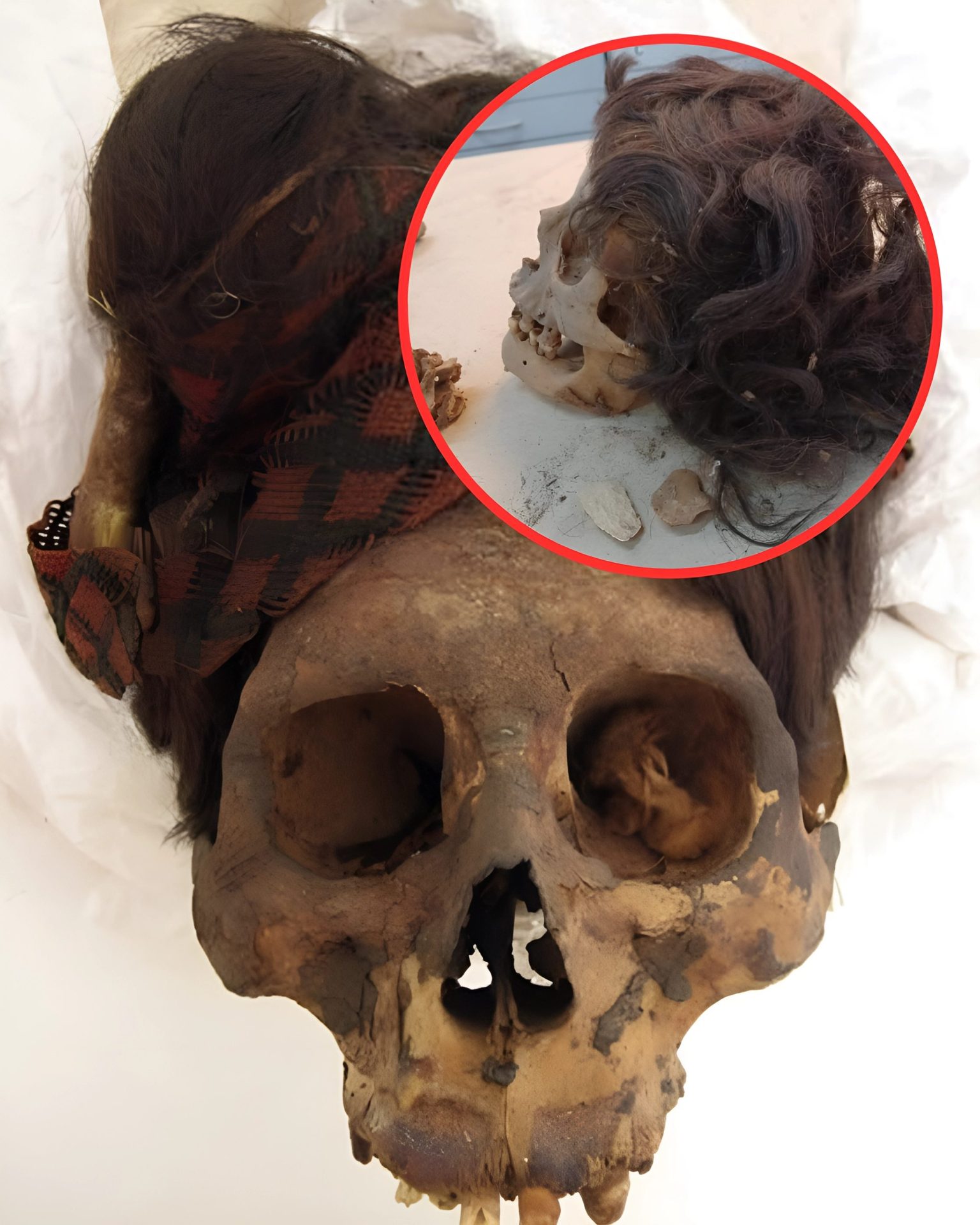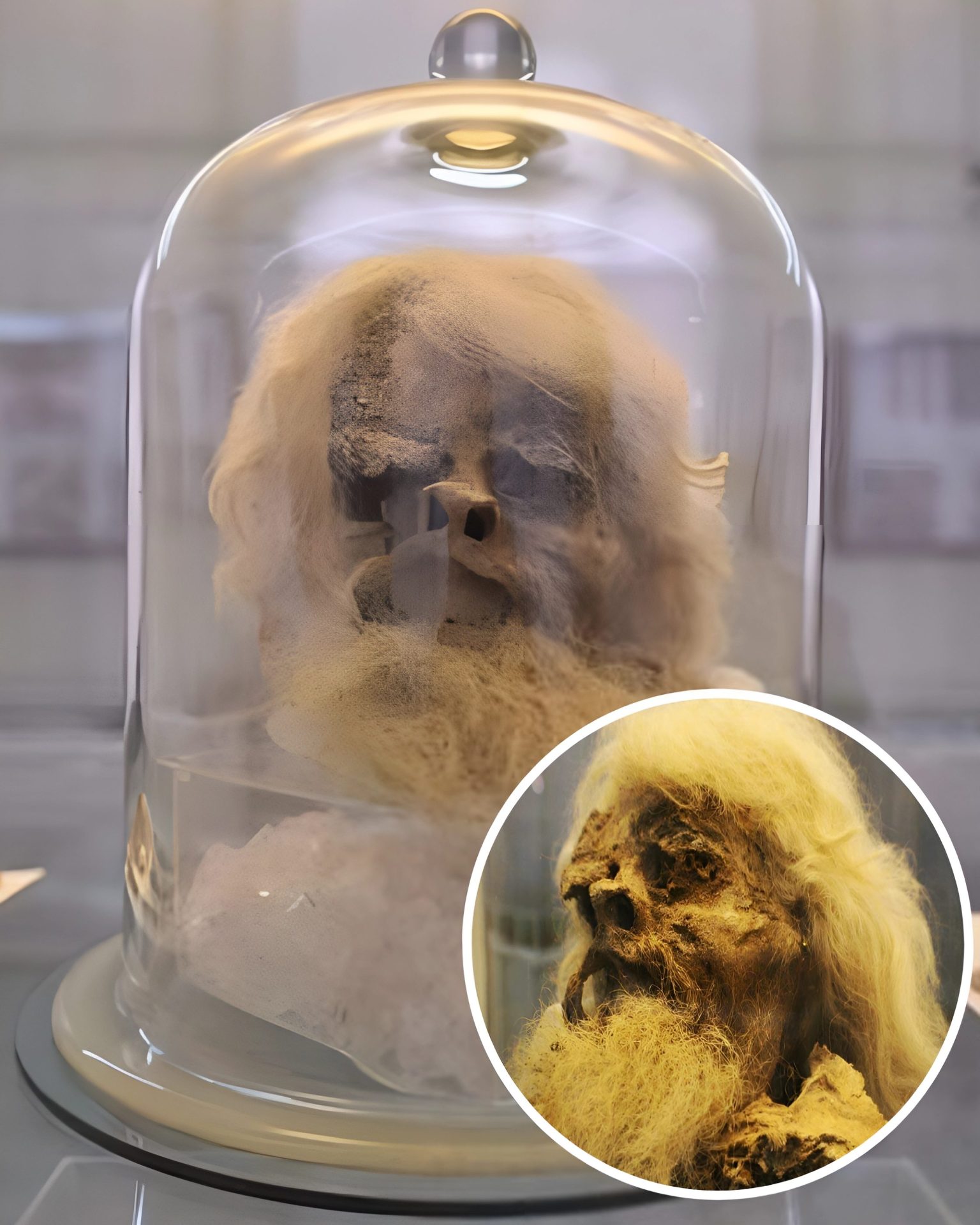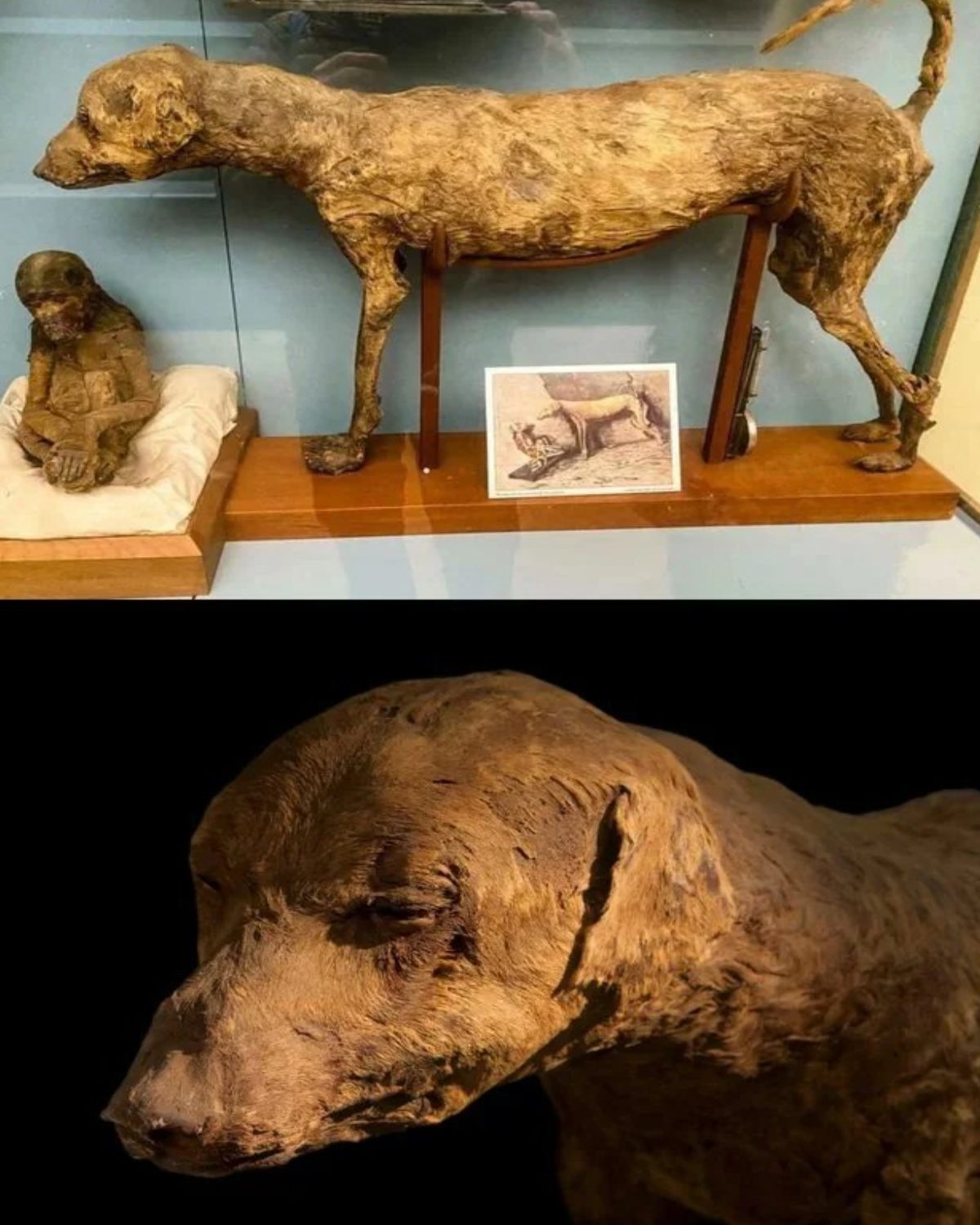In a remarkable and intriguing discovery, a team of divers made a ground-breaking find in 1901 off the coast of the Greek island of Antikythera. They uncovered a two-thousand-year-old mechanical device that has the potential to reshape our understanding of ancient human capabilities. This discovery raises the intriguing possibility that ancient civilizations possessed advanced technology long before our current era, potentially playing a role in the creation of the enigmatic Antikythera machine. Let’s delve further into this captivating mystery to explore its implications.
 Antikythera MachineToggleWhat Is The Antikythera Machine?
Antikythera MachineToggleWhat Is The Antikythera Machine?
At its core, the Antikythera Machine is essentially a sophisticated computing device. It is believed that its primary function was to replicate the movements and phases of celestial bodies. This remarkable artifact is said to have been capable of performing intricate astronomical calculations, enabling it to predict solar and lunar eclipses, track the lunar phases, and possibly even chart the positions of certain planets.
This mysterious mechanism could anticipate upcoming lunar and solar eclipses, trace the path of the Moon, and simulate its complex orbit using an intricate system of differential gears. The fragments of the Antikythera Machine were discovered within the wreckage of a ship, and they were crafted from bronze. Among these fragments, Fragment A, Fragment B, Fragment C, and Fragment D are the most substantial and extensively studied components.
Mechanical Structure Of Antikythera Machine
The Antikythera Machine is an incredible device made up of at least 30 gears. The largest gear in this machine, with 223 teeth, played a crucial role in tracking something called the Saros cycle, which is a period of 18 years, 11 days, and 8 hours used to predict eclipses. Another important gear in the device, known as the Metonic gear, imitated the Metonic cycle, which is almost exactly 19 years long and helped predict lunar phases.
There are also gears linked to the Callippic cycle, which lasts 76 years, and the Olympiad cycle, which is four years long and associated with the Olympic Games. This intricate mechanism shows the remarkable knowledge and skills of the ancient engineers who created it.
Inscriptions, Dials & Displays On The Antikythera Machine
The inscriptions found on this device have left researchers astonished, as they essentially served as a user manual. These inscriptions, comprising 3500 characters, provided crucial insights into how the mechanism worked, including details about the months it used and the names of the celestial planets it tracked. Some inscriptions even hint at the presence of a planetarium-like display on the device’s front side, showing the positions of the Sun, Moon, and possibly the known planets.
 Mechanics Of The Antikythera Machine
Mechanics Of The Antikythera Machine
On the front of the Antikythera Machine, there was a substantial display featuring the zodiac signs and the Egyptian calendar. It is believed that this display showed the positions of the sun, moon, and planets. On the back, there were at least two spiral dials. One of them followed the Saros cycle and had markers for lunar and solar eclipses. The other spiral was likely related to the Callippic cycle. Additionally, there was a smaller dial that kept track of the Olympiad cycle. This remarkable device provided valuable insights into ancient astronomy and calendrical knowledge.
Striking Resemblance Of Antikythera Machine To A Modern Computer
The Antikythera Machine, though a far cry from our modern concept of a computer, was a marvel of its time. Unlike today’s electronic devices with microchips and circuit boards, it relied on an ingenious system of more than 30 gears to simulate the movements of celestial bodies. These gears, in essence, formed the “algorithm” or “software” of the device, governing its calculations.
Imagine setting a specific date using a hand-crank, and the machine unveiling the celestial events for that day. This process bears a striking resemblance to inputting data into a modern computer and receiving results. The mechanism presented its findings through visual displays, akin to how contemporary computational devices offer digital or analog readouts.
In essence, while not a computer as we understand it today, the Antikythera Machine can be regarded as an ancient computational wonder. It adhered to the fundamental principles of computation, showcasing the ingenuity of our ancestors in their quest to understand and predict the cosmos.
What Was The Antikythera Machine Used For?
The Antikythera machine, though its exact purpose remains a mystery, was a multifunctional marvel showcasing ancient Greek achievements.
Astronomical Calendar: Likely used to track celestial events accurately, predict lunar and solar eclipses, and monitor planetary positions. It hints at advanced ancient Greek astronomy.
Astrological Tool: Its ability to predict celestial events suggests astrological use, aiding in religious ceremonies, decision-making, and event planning.
Pedagogical Device: With its complex gearing and inscriptions, it served as a teaching tool to explain celestial mechanics and phenomena.
Navigational Aid: Although not for direct use at sea, its knowledge and predictions may have assisted in navigation and planning for mariners.
Social & Cultural Significance: Tracking events like the Olympic Games suggests it had socio-cultural applications.
Status Symbol: Likely owned by the elite as a symbol of wealth and education.
The discovery of the Antikythera Machine on a shipwreck adds another layer to its mystique. The exact reason for its presence onboard remains speculative. It could have been destined for trade, a gift, education, religious ceremonies, or merely transportation to its owner. While we can only speculate on its voyage, the device’s presence among valuable cargo underscores its significance in antiquity. The true origins and purpose of the Antikythera Machine continue to be one of the most compelling mysteries from the ancient world.
Thank you for joining us on this journey to unravel the enigma of the Antikythera Machine. As we delve into the mysteries of the past, we’re reminded of the astonishing capabilities of ancient civilizations and the puzzles that continue to captivate our curiosity.
What are your thoughts on this remarkable artifact? Do you have any theories about its creator or its purpose? We’d love to hear your insights and ideas, so please share them in the comment section below. Together, we can keep exploring the wonders of our shared history and the questions that still await answers.





